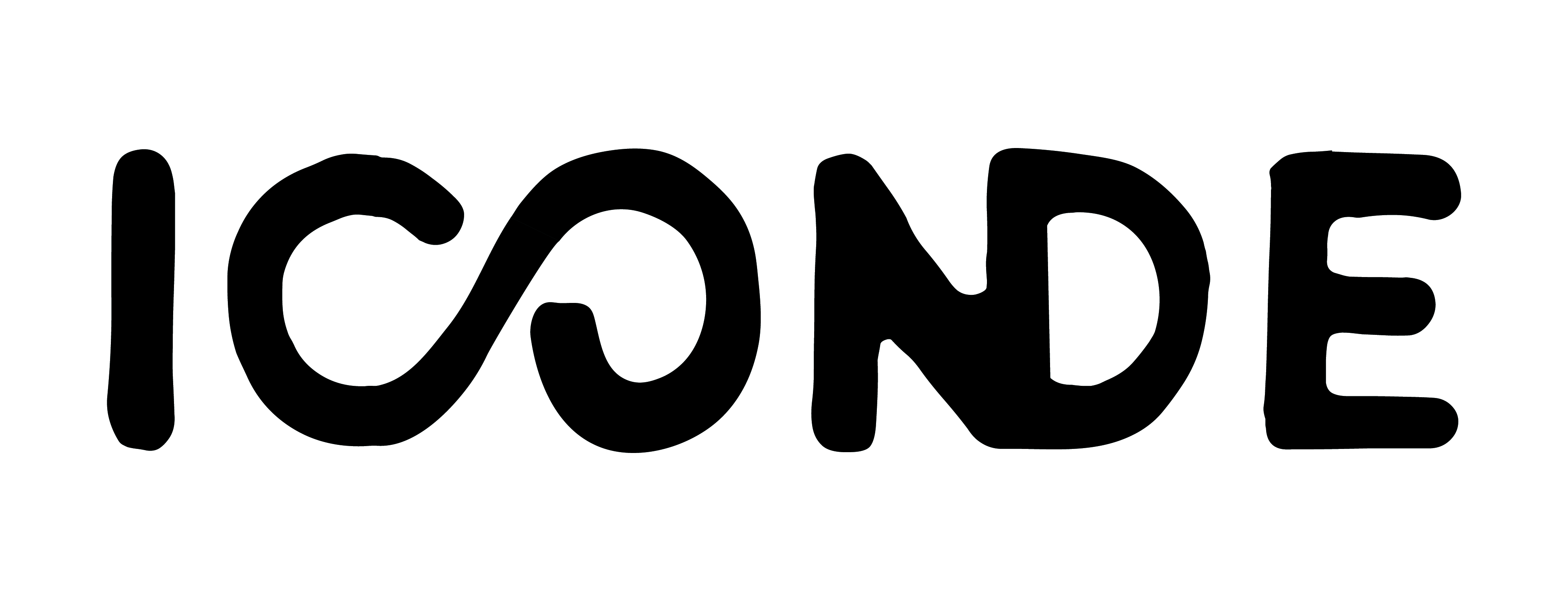|
|
ICONDE Project Successfully Completed on April 30, 2024.
The ICONDE project, "Innovation in Concrete Design for Hazardous Waste Management Applications" (EEA-RESEARCH-165), ran from May 1, 2021, to April 30, 2024. It was part of the Baltic Research Program, financially supported by the European Economic Area (EEA) Grants, with a total funding of 895,661.25 euros. The project was developed in collaboration with Riga Technical University, the University of Tartu, and the Lithuanian Energy Institute. The primary goal of ICONDE was to promote a circular economy by creating novel types of fiber-reinforced concrete, using oil shale ash as an additional cementing material. Oil shale ash, a byproduct of Estonian energy production, was integrated into the concrete to reduce natural resource consumption, energy use, and CO₂ emissions.
In addition to its environmental benefits, the project focused on enhancing the functionality of the concrete for radioactive waste management. By incorporating basalt-boron fibers, the specialized concrete was designed with superior nuclear shielding properties, making it suitable for immobilizing hazardous waste during both transportation and long-term storage. This innovation contributes to safer and more sustainable methods of handling hazardous materials while aligning with broader environmental goals.
Project Duration: May 1, 2021 – April 30, 2024
Funding: 895,661.25 euros (financially supported by the European Economic Area (EEA) Grants, under the Baltic Research Program, EEA-RESEARCH-165)
Project Partners:
Riga Technical University (Latvia)
University of Tartu (Estonia)
Lithuanian Energy Institute (Lithuania)
Objective:
The ICONDE project aims to promote a circular economy by developing innovative fiber-reinforced concretes for radioactive waste management, incorporating oil shale ash as a partial substitute for cement. This helps reduce natural resource usage, energy consumption, and CO₂ emissions. The addition of basalt-boron fibers in the concrete improves its nuclear shielding properties, making it suitable for immobilizing hazardous waste for both transportation and long-term storage.
Significance:
The project contributes to more sustainable concrete design, using oil shale ash (a waste product from Estonia's energy production) to improve the environmental impact of concrete production and enhance the safety and effectiveness of hazardous waste management.

[Loading...]
